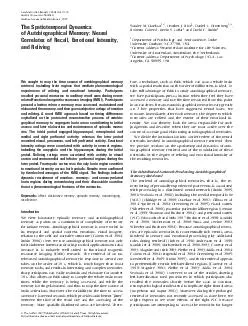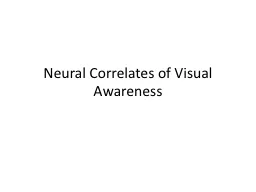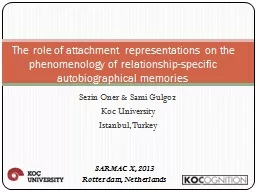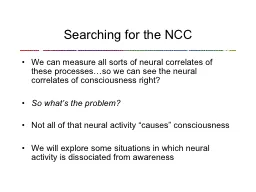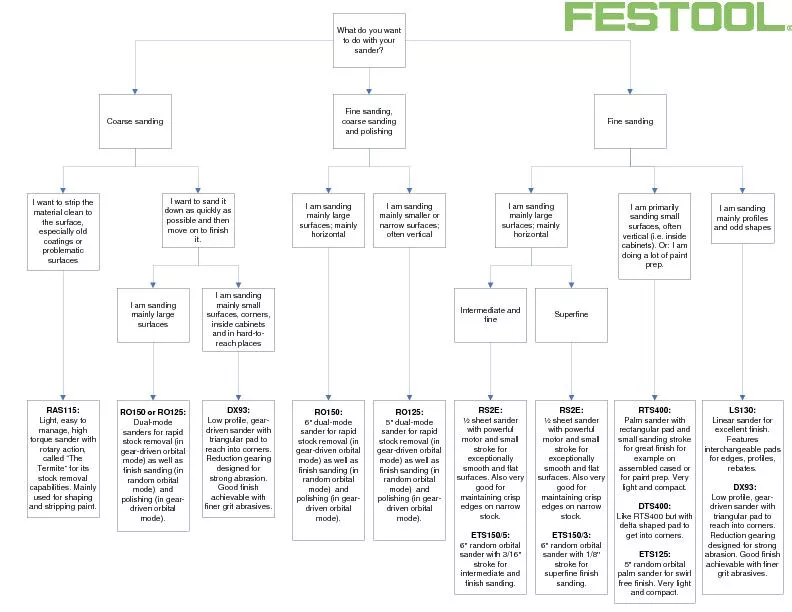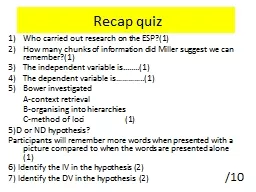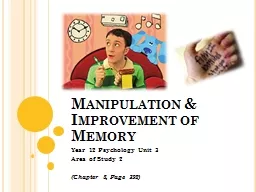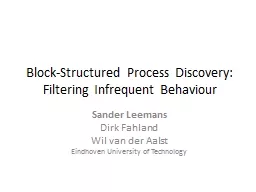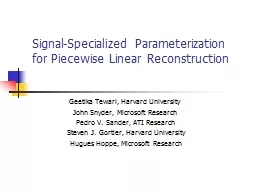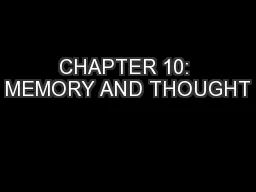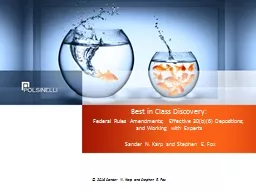PDF-The Spatiotemporal Dynamics of Autobiographical Memory Neural Correlates of Recall Emotional
Author : briana-ranney | Published Date : 2015-02-20
Daselaar 12 Heather J Rice Daniel L Greenberg 13 Roberto Cabeza Kevin S LaBar and David C Rubin Department of Psychology and Neuroscience Duke University Durham
Presentation Embed Code
Download Presentation
Download Presentation The PPT/PDF document "The Spatiotemporal Dynamics of Autobiogr..." is the property of its rightful owner. Permission is granted to download and print the materials on this website for personal, non-commercial use only, and to display it on your personal computer provided you do not modify the materials and that you retain all copyright notices contained in the materials. By downloading content from our website, you accept the terms of this agreement.
The Spatiotemporal Dynamics of Autobiographical Memory Neural Correlates of Recall Emotional: Transcript
Download Rules Of Document
"The Spatiotemporal Dynamics of Autobiographical Memory Neural Correlates of Recall Emotional"The content belongs to its owner. You may download and print it for personal use, without modification, and keep all copyright notices. By downloading, you agree to these terms.
Related Documents

